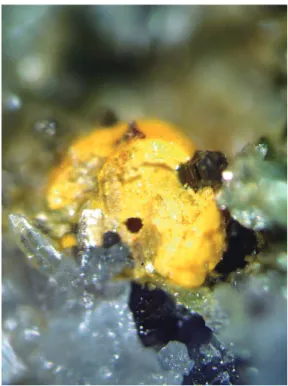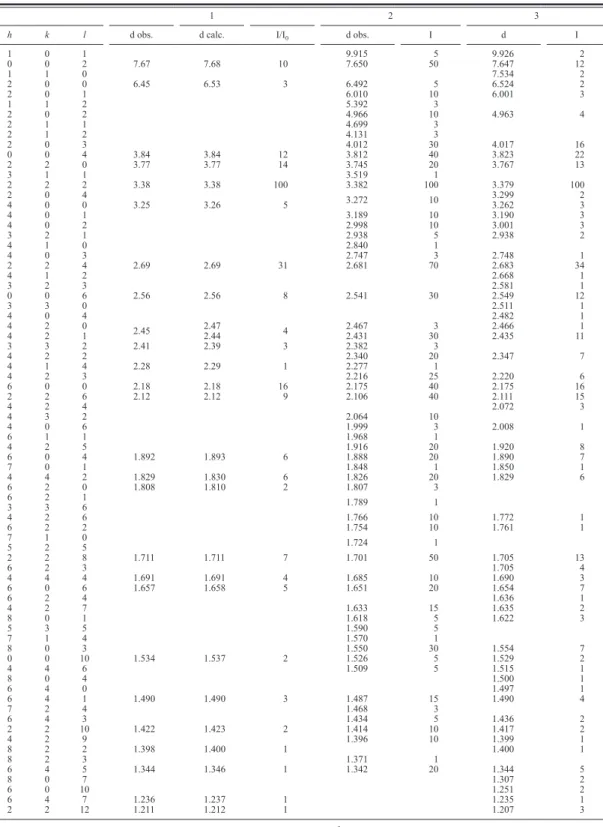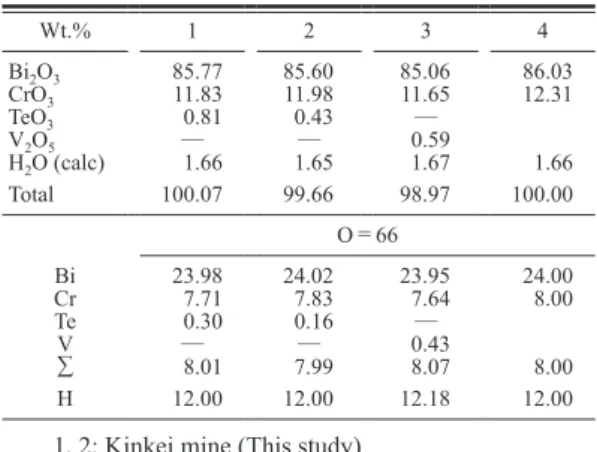Dukeite from the Kinkei mine, Chino City, Nagano Prefecture, Japan
Akira Harada 1 , Takashi Yamada 1 , Satoshi Matsubara 2 , Ritsuro Miyawaki 2 , Masako Shigeoka 2 , Hiroshi Miyajima 3 and Hiroshi Sakurai 4
1
Friends of Minerals, Tokyo, 4–13–18 Toyotamanaka, Nerima, Tokyo 176–0013, Japan
2
Department of Geology and Paleontology, National Museum of Nature and Science, 4–1–1 Amakubo, Tsukuba, Ibaraki 305–0005, Japan
3
Fossa Magna Museum, Miyama Park, Itoigawa, Niigata 941–0056, Japan
4


